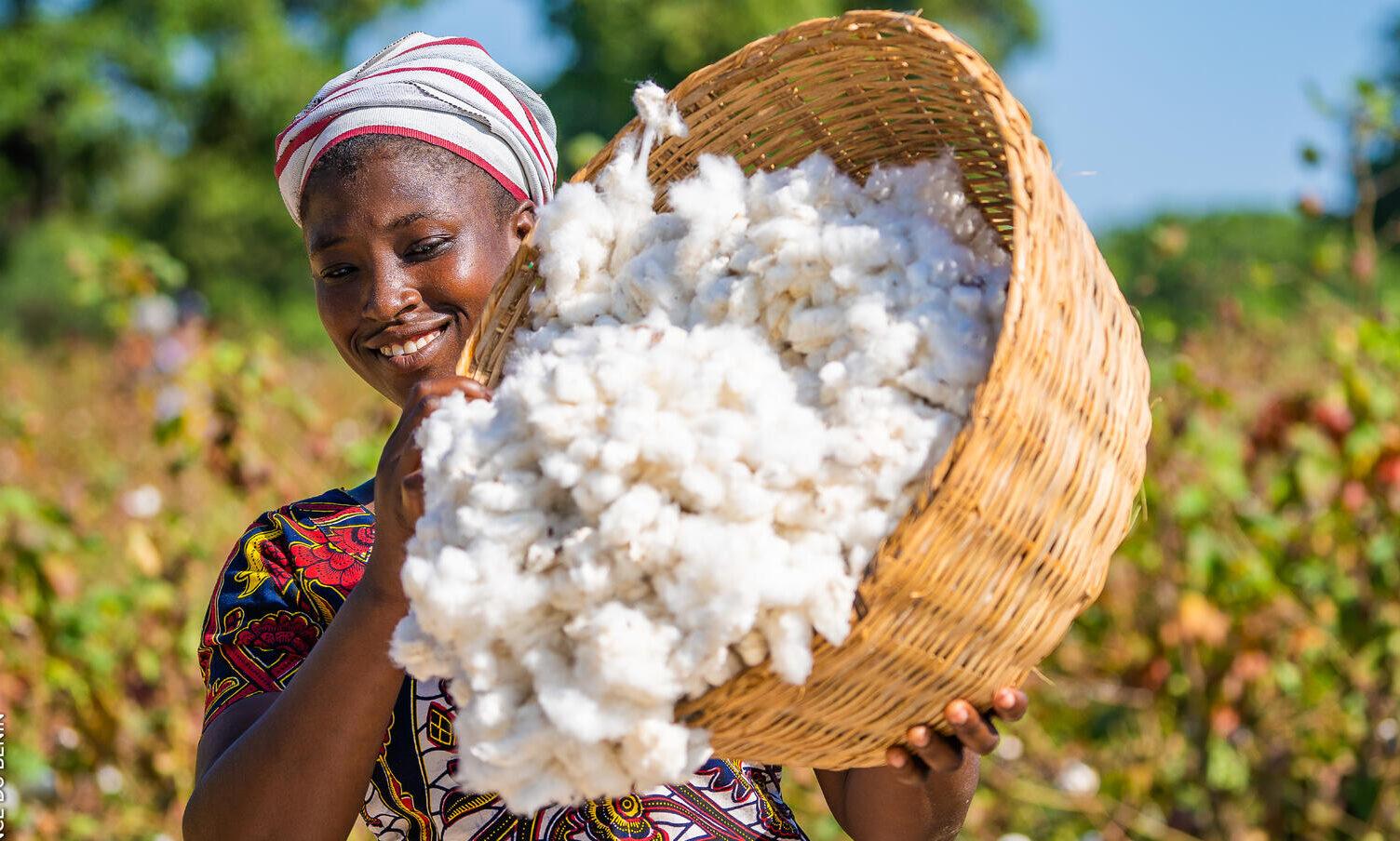
About
Chad is one of the world’s poorest countries and highly vulnerable to climate change. The country is experiencing increased temperatures, less rainfall, and more frequent extreme weather events such as droughts and floods. This is heavily impacting on people’s livelihoods, including in the cotton sector.
Cotton plays a crucial role in Chad’s economy, serving as an important cash crop for around 250,000 smallholder farmers located in eight provinces in southern Chad. In addition to climate change, the cotton sector faces critical sustainability challenges such as environmental degradation, unsustainable farming practices, and limited access to inputs, credit and technology, leading to low yields and incomes for farmers.
IDH and Cotontchad Société Nouvelle have convened a coalition of stakeholders in Chad to achieve a common vision of inclusive and sustainable development. The core objective is to strengthen the climate resilience of smallholder farming through the creation of economic prosperity as well as the regeneration and protection of natural resources. This requires an inclusive approach, involving all those who depend on this region for their livelihoods, including herders.
The Chad Climate Resilient Landscape or locally referred to as the ’Koskilna’ Landscape uses a framework for inclusive and multi-sectoral land use management and territorial development. It brings together government agencies, private companies, civil society, smallholders, and other relevant stakeholders to discuss and collectively build a long-term sustainable development plan for the region.
Acknowledging that there is a common interest in the sustainable and equitable economic and social development of Chad’s cotton growing region, key local stakeholders began collaborating on the development and delivery of a regional development plan or Compact in mid-2023. The partners worked together to define concrete activities and targets, and these were brought together in a Compact Memorandum of Understanding. This document was signed by the stakeholders in June 2024. Local governance structures have been set up to coordinate and monitor the delivery of the Compact.
You can find out more about Koskilna on its oficial website: here.
